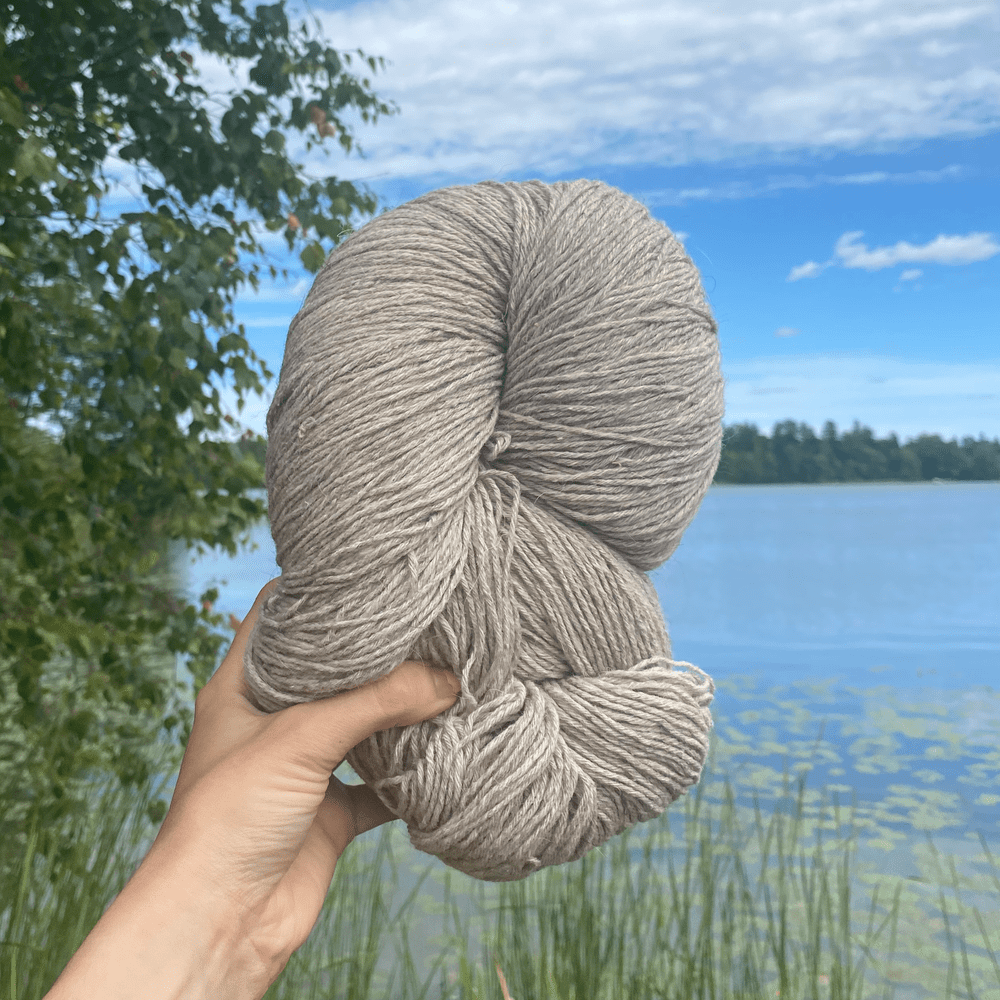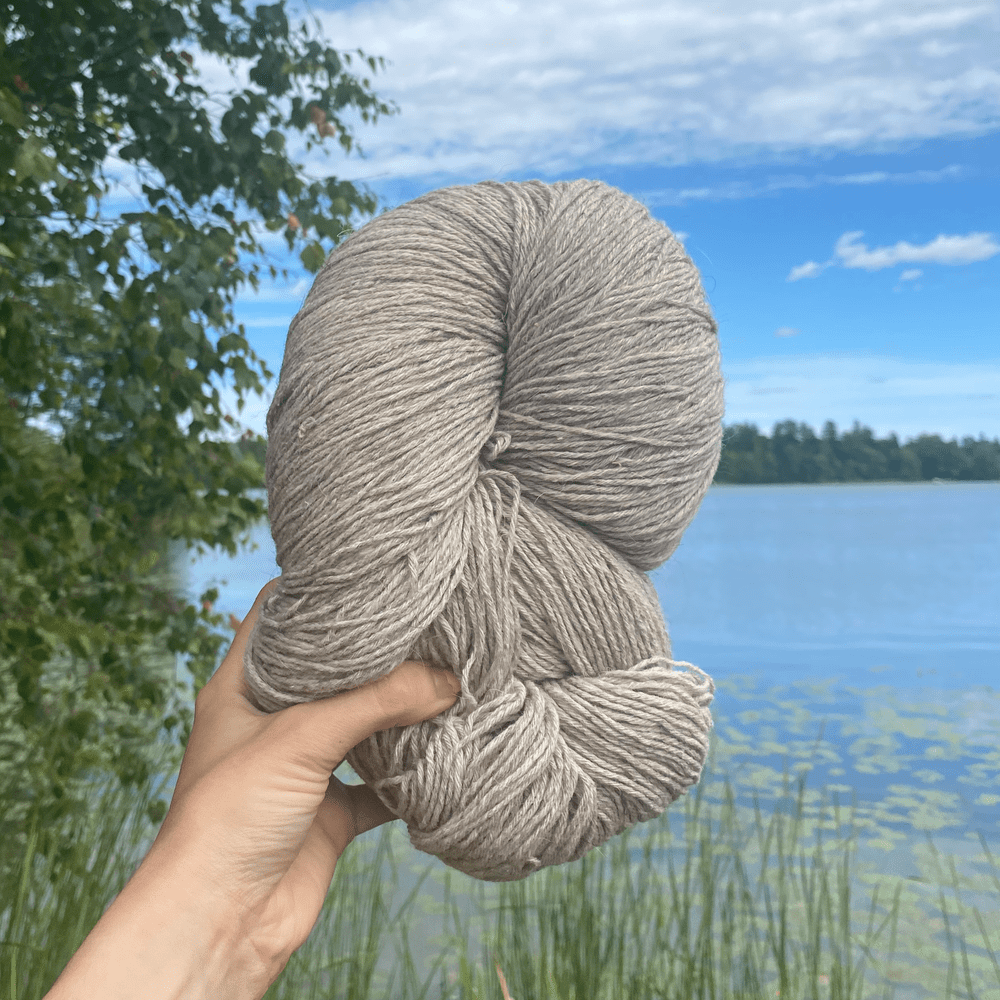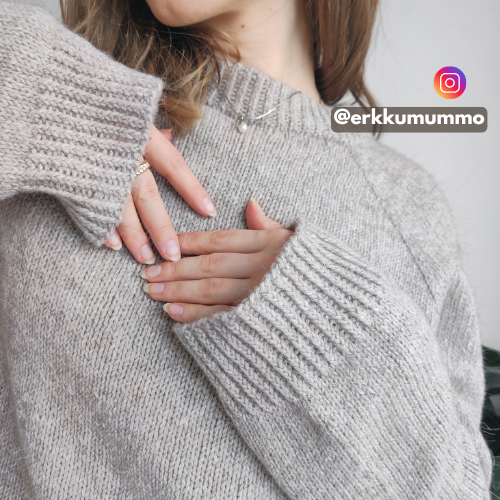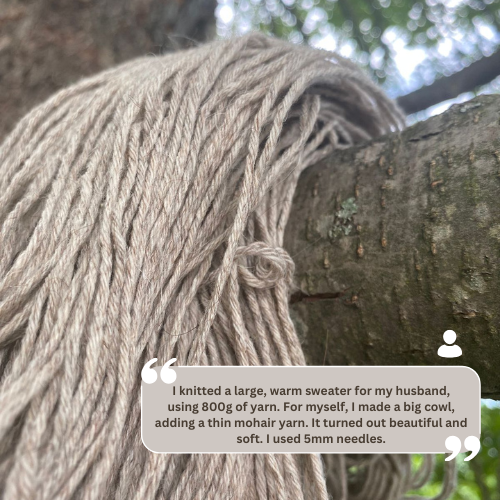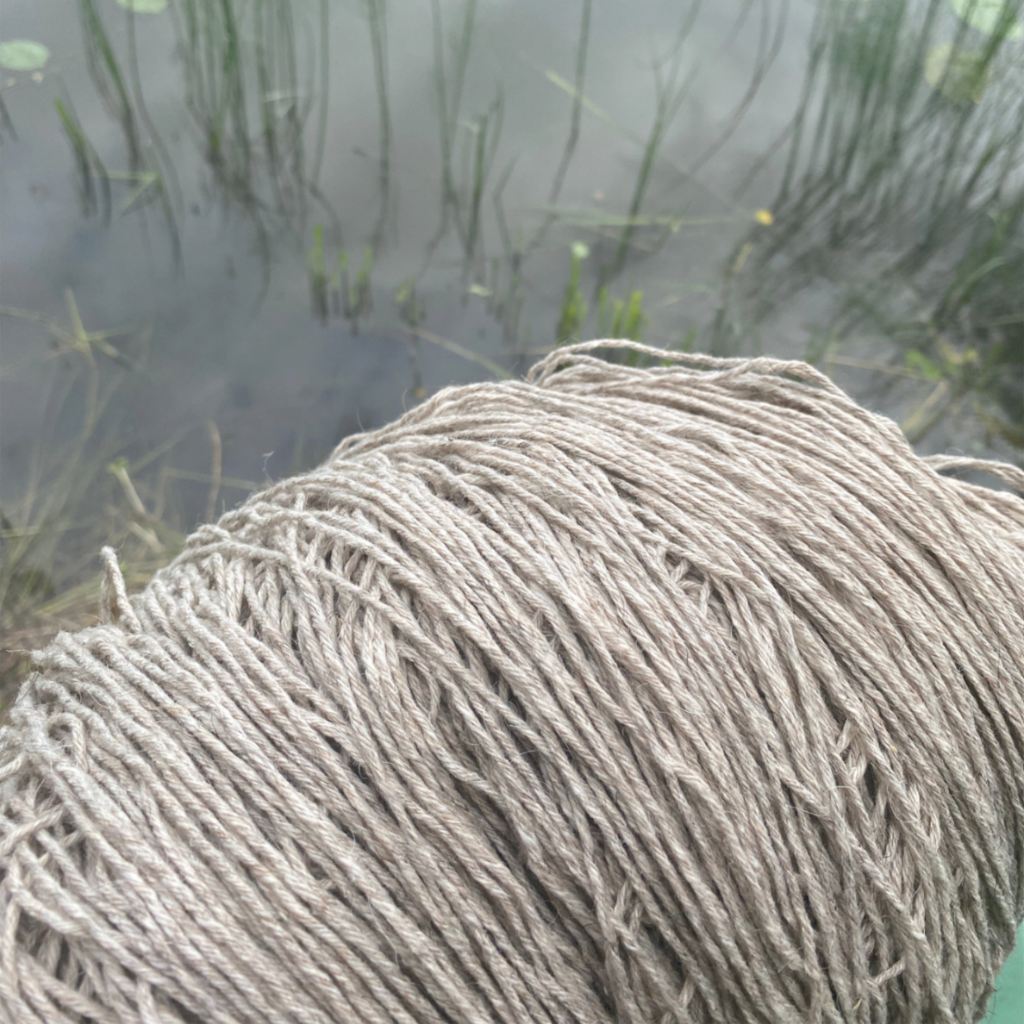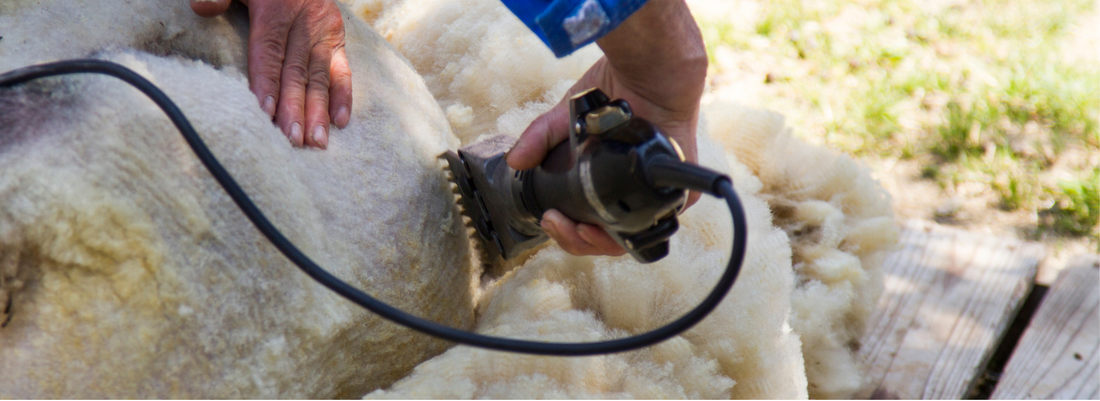
Wool: Understanding Different Types of Wool and Their Benefits
Wool has been a staple in textile production for centuries, but not all wool is created equal. With different animals and fibers contributing to a wide range of yarn types, each one offers unique properties that make it suitable for specific knitting and crafting projects. In this blog post, we’ll dive into the most popular types of wool and explain the benefits of each, helping you choose the best yarn for your next creation.
1. Merino Wool: The Soft and Luxurious Staple
Merino wool is renowned for its softness, making it a favorite among knitters and crafters alike. Sourced from Merino sheep, this wool is finer and smoother than traditional wool, making it ideal for garments that are worn directly on the skin, such as sweaters, scarves, and baby clothing.
Benefits of Merino Wool:
- Incredibly soft and gentle on the skin
- Lightweight yet insulating
- Breathable and moisture-wicking, great for all seasons
Looking for premium-quality Merino wool for your next project? Check out our collection of Merino Wool Yarns.
2. 100% Wool: The All-Purpose Classic
Traditional wool, often sourced from various sheep breeds, is a durable and versatile option. It's slightly coarser than merino but offers excellent insulation and warmth, making it perfect for heavier garments like winter coats, hats, and blankets.
Benefits of 100% Wool:
- Excellent insulation and warmth
- Durable and long-lasting
- Natural elasticity for shaping knitted items
Browse our selection of 100% Wool Yarns and find the perfect fit for your next cozy creation.
3. Llama Wool: The Lightweight Insulator
Llama wool is a rising trend in the knitting world, offering incredible warmth without the bulk. The fibers from llamas are hollow, which means they trap heat effectively while still remaining lightweight. Llama yarns are perfect for outdoor gear, such as hats, mittens, and shawls, where warmth is key without added weight.
Benefits of Llama Wool:
- Extremely warm, yet lightweight
- Hypoallergenic for sensitive skin
- Naturally water-repellent
The best selection of llama yarns can be found here: Llama Wool Yarns.
4. Mohair: The Silky, Elegant Fiber
Mohair comes from the Angora goat and is known for its silky, lustrous sheen. It's often used in fashion-forward projects thanks to its delicate appearance and ability to hold dyes well, resulting in vibrant colors. Mohair can be blended with other fibers to create yarns that are both soft and durable, making it a versatile choice for shawls, lacy scarves, and elegant sweaters.
Benefits of Mohair:
- Silky and lustrous texture
- Lightweight and breathable
- Takes dye beautifully, resulting in rich colors
A beautiful selection of Mohair yarns is sold here: Mohair Yarns.
5. Bamboo Yarns: The Eco-Friendly Option
While bamboo isn’t a wool fiber, it’s becoming a popular alternative in yarn blends. Bamboo fibers are incredibly soft and smooth, and they add a silky texture to yarns when blended with wool. Bamboo yarns are a great choice for those looking for eco-friendly, renewable fibers that also have a luxurious feel.
Benefits of Bamboo Yarn:
- Soft and smooth texture, great for sensitive skin
- Renewable and eco-friendly
- Naturally antibacterial
For a sustainable knitting option, explore our collection of Bamboo Yarns.
6. Wool Blends: Combining the Best of Both Worlds
Wool blends combine natural and synthetic fibers to create yarns that offer a balance of softness, durability, and elasticity. Blends of merino wool, llama, or mohair with other fibers can enhance the best qualities of each material, making the yarn more versatile for different projects.
Benefits of Wool Blends:
- Increased durability and stretch
- Versatile for a variety of projects
- Offers the softness of wool with added strength from synthetic fibers
Check out our selection of Wool Blend Yarns for your next knitting adventure.
How to Choose the Right Wool for Your Project?
When choosing wool for your knitting project, consider these factors:
- Softness: If you’re knitting garments to be worn close to the skin, opt for softer fibers like merino wool or bamboo blends.
- Durability: For items that will see a lot of use, such as sweaters or blankets, 100% wool or wool blends are great options.
- Warmth: For winter accessories like hats and scarves, llama wool is an excellent choice due to its lightweight warmth.
Conclusion
Understanding the different types of wool and their benefits will help you make the best choice for your knitting or crochet project. Whether you prefer the softness of merino, the luxury of mohair, or the warmth of llama wool, each type offers something unique.
Browse our full range of high-quality yarns at Villama and find the perfect wool to bring your next creation to life!







